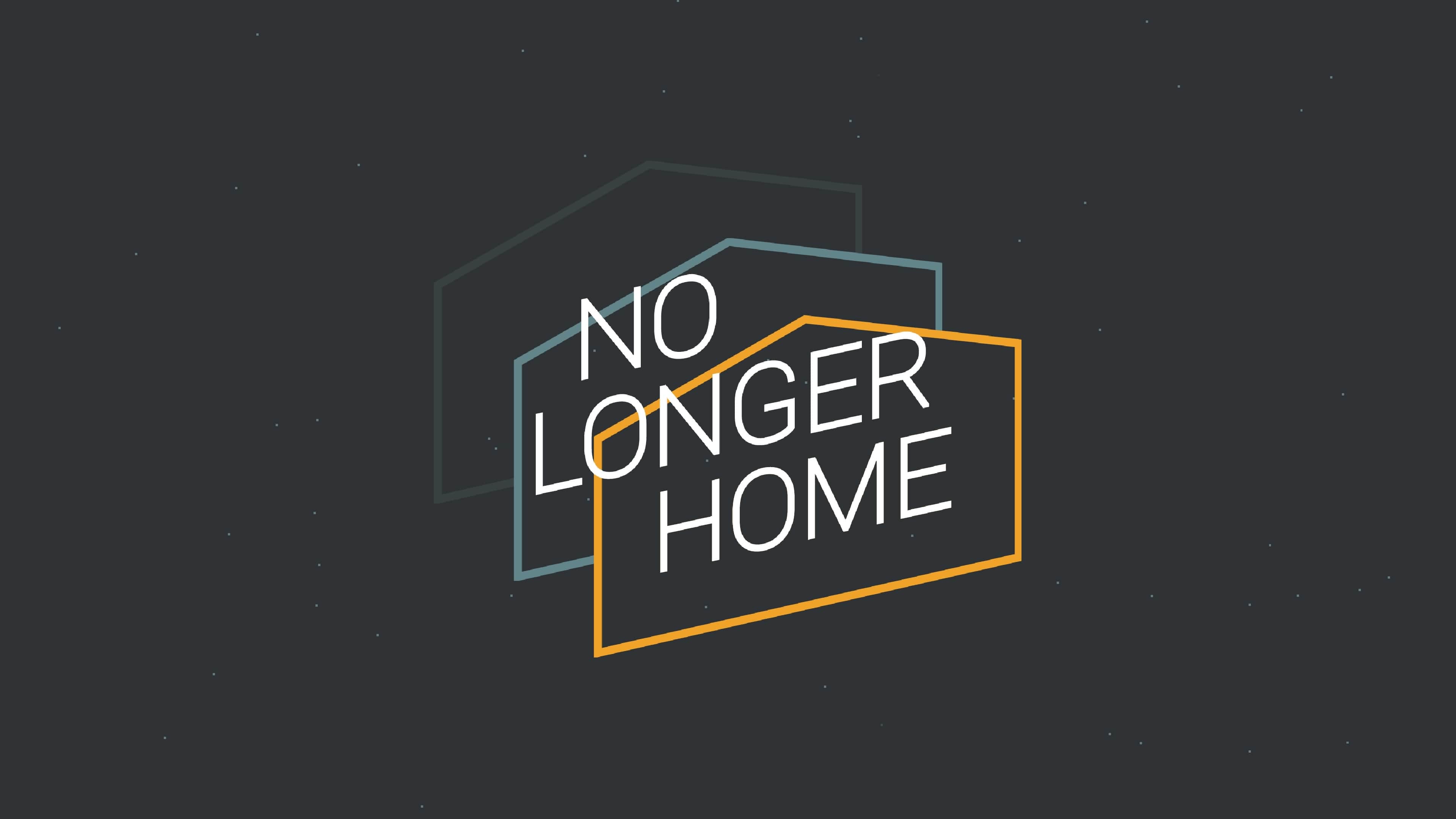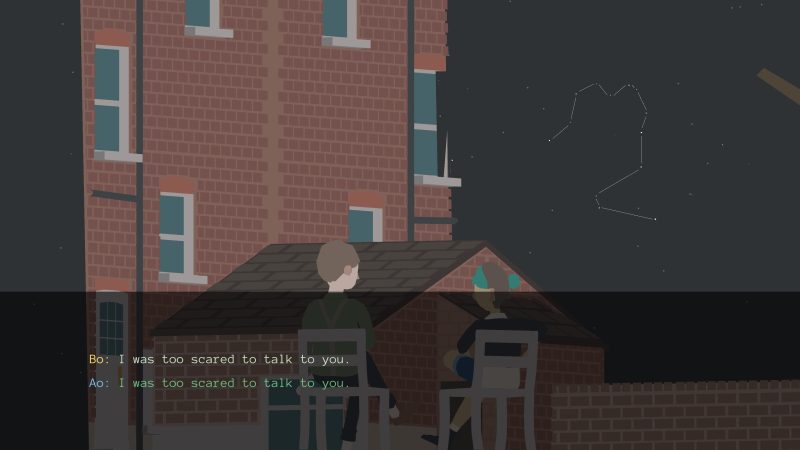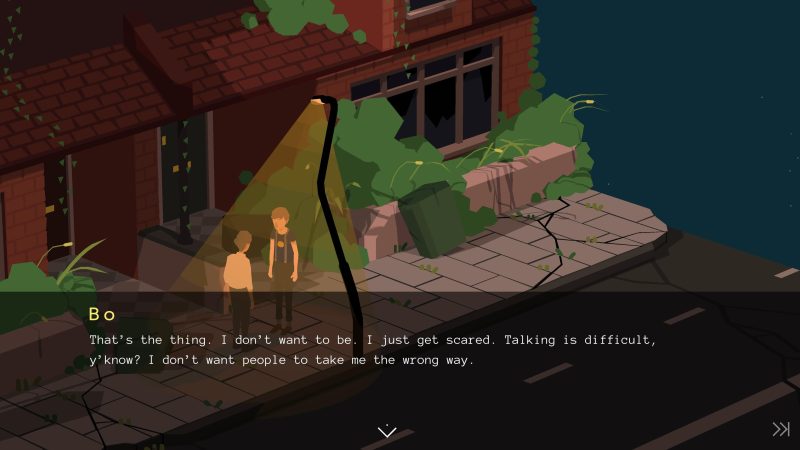No Longer Home PS4 Review – During my gaming career, I played several games based on true events, both large scale and those revolving around smaller situations. However, No Longer Home is the first time I’ve played a game that advertises itself as semi-autobiographical.
With that in mind, it does a few things differently than most games do. For better or worse, No Longer Home brings to the table something special and concentrated.
No Longer Home Review (PS4)- Identity Through Minimalism, A Semi-Autobiography
This story revolves around two characters named Bo and Ao, living with their flatmates in South London. Bo has lived in South London their entire life, and Ao is here from Japan for school. The gameplay experience only lasts about two hours, even if you stretch it out by interacting with everything you see.
Apart from a couple flashbacks and small asides, the experience sees you in the final days of Bo’s and Ao’s time together in the flat before Ao needs to return to Japan. Most of the story reminisces on time spent together combined with the regret that comes with going to school, not knowing what your future holds, and losing a loving partner.
As the final lines faded from my screen, I couldn’t help but feel disappointed – not in the game itself, but in the reality of what it wants to convey. Initially, I thought No Longer Home itself created that disappointment just because everything the game delivers only draws enough attention to keep you moving forward.
However, It’s up to you to feel how you want to feel at the end. The game doesn’t rely on sentimentality like sad music or visual cues to emulate that emotion out of you. The experience depends entirely on how you receive the reality of the situation at hand. Instead of telling you how to feel, it simply shows you the events.
Seeking That Universal Happiness
On that note, the writing itself, for the most part, feels solid, with each person delivering their own unique written voice. Some topics get a bit heavy-handed, especially near the beginning, but these all still feel natural to the characters. In the beginning, the relationship is new, and you generally want to do as much as you can to keep that moment going, even if it leads to rambling.
These two characters do not feel the status quo on all fronts: occupation, social perception, gender roles, or the future. Not only does this parallel the muted visual style, it also directly affects how they see a looming future that doesn’t see them together.
Going through the story, I didn’t deeply feel that final point until the closing credits rolled. The creators include messages that channel the very events that took place in the game. That creates a different impact than just seeing a situation. It reminds you of the autobiographical element to the game, making it all feel much more tangible.
Still, I wanted more. That yearning for more weaves beautifully into the story as well. Still, I can’t help but feel like some of these brief scenarios could have been played out more to give them more oomph and strengthen that looming separation between the two.
Thoughtful Minimalism
Aesthetically, No Longer Home is nothing that pushes the hardware. Characters are depicted more as defined shapes instead of detailed people. At the same time, this allows you to see these vague shapes as stand-ins for your experiences.
This clever tactic kept me thinking for a long time after I played the game for one reason: I didn’t remember one vivid visual thing about the game. Instead, what came with me is the scenario the game portrays and the melancholy that comes with it.
Apart from the characters, the settings themselves garner a little more detail. This juxtaposition creates a tangible setting with intangible people that inhabit it, further enhancing my previous point.
Even further still, the settings serve as the means of transitioning from scenario to scenario much like you see in stage productions. The background props come apart, the lights dim, and the props move around to change the setting. Most of the time, these transitions happen slowly while dialogue continues, giving you enough time to read the dialogue while experiencing the shift.
On that note, all dialogue is written. Nothing is voiced. This sticks to the empathetic illusion that the vague characters create, keeping all the spoken word and imagery in that middleground between your imagination and perception.
Clunky Interaction
The biggest downfall to No Longer Home is its controls. By no means are they crippling or even bad. Equally so, the way the controls work leave far too much wiggle room in relation to what the game asks of you. Generally speaking, you can walk up to whatever you want to interact with and press Cross and it works.
About a quarter of the time, however, the wrong target is highlighted and your character moves toward that target. In each setting, all interactable things have a line connected to a bubble at the top of the screen. If you wish, you can toggle between the available bubbles with L1 and R1, but the game also lets you walk up to the targets as well.
Sometimes, when you walk by one, the game highlights one target and doesn’t switch to the one you stand in front of. To make things worse, the colors used to identify the highlighted bubble and the default bubble are far too similar to each other. Again, it’s not game breaking by any means. However, considering the integral roles these bubbles play in the game’s brief playtime, they make a significant impact on the greater whole.
Real Situation With Thoughtful Delivery
No Longer Home is a fascinating concept with some cool ideas. Interacting with things in-game shouldn’t be as complicated as it is, and some of the narrative beats could have benefitted from a little more longevity to truly give them breath. Either way, No Longer Home is a game with a specific type of audience in mind. You have to enjoy these sort of open-ended personal stories to truly get into it. At the same time, this is one of those games that might surprise you and reach you in a way that other games like it haven’t. With this game’s price point and brevity, consider this a universal recommendation.
No Longer Home is due out on PS4 & PS5 on March 3, 2023.
Review code kindly provided by publisher.






